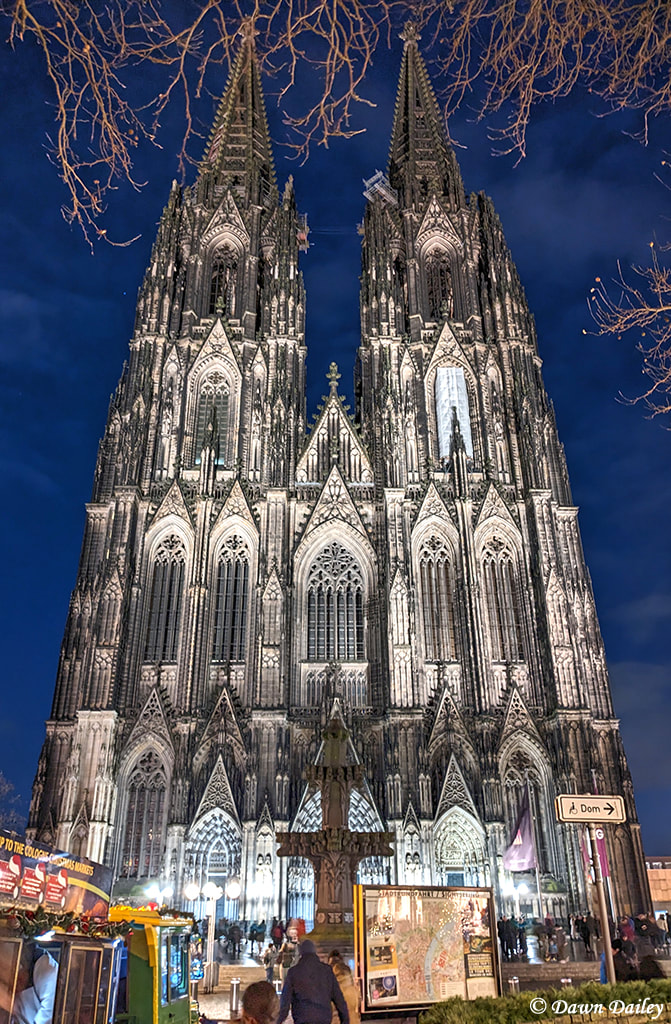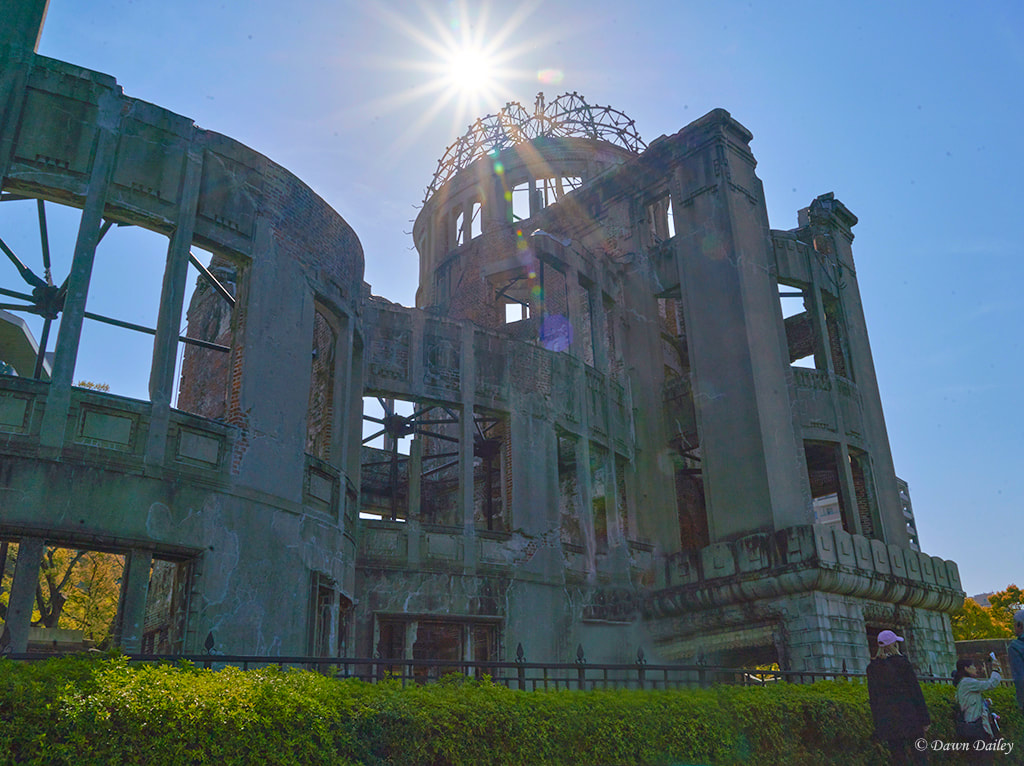Hungary is a beautiful country, but it is democratic in name only. All three branches of government are controlled by the Hungarian prime minister who rules as an autocrat. In countries like Chile, an authoritarian dictatorship is seen through the rear window; Chile’s climb back to democracy is a testament to its citizens’ fortitude and persistence.
2024 will be an inflection point in US democracy. The upcoming elections will determine this nation’s future course. The ballot contains not just the choice between two candidates for the office of president. But rather, it is ostensibly a referendum between democracy and authoritarianism. The US is already sliding into authoritarianism. Will we be able to stop this movement toward a far-right autocratic regime?
One of the main reasons that democracies fail is the proliferation of misinformation and disinformation, both of which involve the spreading of false information. Disinformation, however, is spread intentionally to create harm. Since 2017, the US tumbled from the 17th ranked democratic nation to #23 as evaluated by V-Dem Institute* at the University of Gothenburg, Sweden. Since even before 2017, both misinformation and disinformation have increased significantly.
One example is at the start of the presidential campaign in 2015, without evidence, the Republican candidate started calling national news outlets “fake news” and continued his rhetoric against mainstream media. As a result, from 2015 to 2021, the percent of Republicans who trusted in national news outlets fell from 70% to just 35%.
When information is distrusted, no one knows what or who to believe. Citizens become vulnerable to the influence of those peddling lies, typically by those seeking political power by any means regardless of the consequences to the nation.
One key issue during this current election cycle will be the narrative of January 6, 2021. Any politician or candidate who spins the events of that day to gloss over the seriousness of the threat to democracy is not interested in truth and should not be entrusted with the responsibility to govern. Related to this is the “stolen election” lie from 2020 by this candidate and his allies.
To know whether a candidate has denied that President Biden won the office of the presidency fairly, check out electiondeniers.org, a website by a non-profit that details these candidates and those who continue to promote election falsehoods. Note that almost one-third (172) of all members of Congress are election deniers. In the House of Representatives alone, 153 members are election deniers. This is significant because in the event that no presidential candidate wins a majority of electoral college votes, the House of Representatives chooses the president with the 435 members having one vote each.
Not only do far-right Republican politicians promote election falsehoods, but they also promote Christian nationalism and the shadow network spearheaded by the Council for National Policy. Please see my previous posts on the existential threat posed by Christian nationalism and its leaders entitled A Slippery Slope (Oct 2023) and Monsters, Inc. (Nov 2023).
While it is easy to lose hope, there are things that ordinary citizens can do to strengthen democracy and stop the far right and their would-be dictator.
The obvious tool to use is our right to vote. Above all else, voters need to coalesce around candidates who support democracy in all the rights and freedoms it gives to its citizens. Policies on climate change, reproductive rights, immigration, gun safety, and the economy are totally irrelevant if we do not have a functioning democracy in which to debate these issues. Without democracy, an authoritarian regime will make policy decisions based on its whim, not based on scientific evidence nor the will of the people. Democracy must be made a priority over individual policy issues. New coalitions need to form to keep the far right from taking power. That means that more centric voters may have to cross the aisle to vote for a more left of center candidate.
What else can an ordinary citizen do?
Become informed of events and politics. Do not rely on social media as a news outlet. Seek the truth from reputable media. Read content from more than one source. Independent news outlets like NPR and the BBC are nonprofits that have less incentive to sensationalize and offer free email newsletters. Other reliable news sources include the New York Times, the Washington Post, Axios, and ProPublica. AllSides News (allsides.com) is a unique resource that shows the same news story from the left, center, and right perspectives.
Become informed about specific candidates on the federal, state, and local levels. Educate yourself and do not be afraid to share that information with friends and family to promote the truth. Push back on conspiracy theories. Be civil in your interactions and actively listen to those who disagree with you. Reject violence as the means to a political end.
Democracy is protected by free and fair elections. It is important that the people involved are nonpartisan and have integrity. States oversee elections, even for federal offices. State governors, attorneys general, and secretaries of state have key roles in ensuring elections are carried out fairly. Know who you are voting for in these positions. Consider working as a poll worker. Volunteer to work in the campaign of a candidate who promotes truth and democracy. Maybe even run for local office yourself!
Support organizations that promote democracy and fair elections like Americans United for Separation of Church and State, the Brennan Center for Justice at NYU School of Law, Campaign Legal Center, FairVote, the League of Women Voters, and Protect Democracy.
Democracy is not a given. It takes work to keep it strong and help it survive. Bad actors greedy for power can destroy it. But complacency is complicity. Democracy matters and it depends upon ordinary citizens like you and me to keep it strong and make it work for everyone.
Perhaps tourists to the US will be impressed someday with the strength of our democracy! We can only hope…and do our part in making it happen.
*V-Dem Institute is an independent organization that measures hundreds of attributes of democracy in countries around the globe. Click here for their 2023 report.
For more information on democracy, how governments slide towards authoritarianism, and possible solutions, I highly recommend Harvard professors Steven Levitsky and Daniel Zimblatt’s books, How Democracies Die and Tyranny of the Minority: Why American Democracy Reached the Breaking Point.
Consider watching a PBS documentary entitled “A Citizen’s Guide to Preserving Democracy” based on Dr. Richard Haass’ book with the same title. Click here to watch.
DISCLAIMER: I am a member of the League of Women Voters. Views expressed are my own.
NOTE: February is Black History Month. Check out here.
Text and photograph copyright © 2024 by Dawn Dailey. All rights reserved. Photo of the Hungarian Parliament Building in Budapest.
Not a subscriber to the monthly blog posts? Click here to subscribe. Subscribers receive an email each month that includes the post with the lead photo as well as bonus photos not posted on the website. Email addresses are never sold or shared.
A NOTE ON SOCIAL JUSTICE:
Jesus says the greatest commandments are to love God and to love people (Matthew 22:37-40). The Christian faith boils down to these two precepts.
Social justice puts that love into action by helping individuals who are oppressed, mistreated, or suffering, and by pursuing ways to dismantle systems of oppression. How we treat others, particularly those less powerful in society than ourselves, matters (Matthew 25:31-46).
Racial justice is one aspect of social justice. Check out my web page on “Justice Matters” to find resources and to connect with organizations engaging in the cause of racial justice. Click here to learn more.














 RSS Feed
RSS Feed